A hard case to crack: Samsonite
Samsonite Korea aims to continue winning sales streak this year
By Korea HeraldPublished : Dec. 30, 2012 - 21:16
Luggage literally turned over a new leaf when a young new chief executive by the name of Suh Boo-suk took the helm of Samsonite Korea in 2005.
Branding is always a challenge for new chief executives, but Suh had his job cut out for him at Samsonite, where the challenge was bigger because of what the 100-year-old brand had stood for: a rugged solidness.
“It used to be that luggage was luggage, period. Durability was all that mattered and sidelined the design element. But the younger generation wants something more from their bags,” Suh said in an interview at the company’s Seoul office that looked and felt like a container overrun by luggage of all sizes and shades.
Suh wanted to keep the image of Samsonite, which is after all, a globally prestigious brand, but he also had ideas of his own on how to make the original better.
After much pondering and brainstorming, two years ago, Suh rolled out Samsonite Red.
And the rest is history, for sales of Samsonite Red, launched in almost a dozen Asian countries, have doubled this year.
The secret to Red’s success is that it was right on the nail when it came to what younger customers were looking for: style and individuality. The lineup, consisting mostly of trendy and yet comfortable backpacks, totes and briefcases, was an instant hit.
Suh is used to seeing doubles and triples in profit margins, as for the past seven years, Samsonite Korea’s sales swelled by almost five-fold. This year’s target is 150 billion won, which the company expects to comfortably achieve.
Branding is always a challenge for new chief executives, but Suh had his job cut out for him at Samsonite, where the challenge was bigger because of what the 100-year-old brand had stood for: a rugged solidness.
“It used to be that luggage was luggage, period. Durability was all that mattered and sidelined the design element. But the younger generation wants something more from their bags,” Suh said in an interview at the company’s Seoul office that looked and felt like a container overrun by luggage of all sizes and shades.
Suh wanted to keep the image of Samsonite, which is after all, a globally prestigious brand, but he also had ideas of his own on how to make the original better.
After much pondering and brainstorming, two years ago, Suh rolled out Samsonite Red.
And the rest is history, for sales of Samsonite Red, launched in almost a dozen Asian countries, have doubled this year.
The secret to Red’s success is that it was right on the nail when it came to what younger customers were looking for: style and individuality. The lineup, consisting mostly of trendy and yet comfortable backpacks, totes and briefcases, was an instant hit.
Suh is used to seeing doubles and triples in profit margins, as for the past seven years, Samsonite Korea’s sales swelled by almost five-fold. This year’s target is 150 billion won, which the company expects to comfortably achieve.
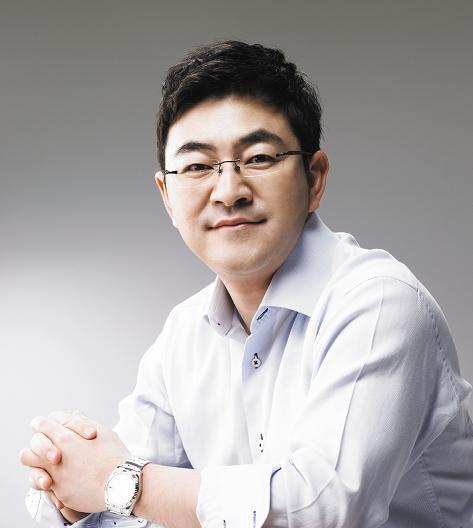
Among Samsonite’s global branches, Korea is third following the U.S. and China. But when considering the population and birthrates ― all viable factors for gauging the competitiveness of luggage brands ― the Korean country office is in first place, Suh said.
Gutsy decisions and a keen eye for up and coming consumer trends is what has taken the CEO this far in the bag business.
Breaking away from the traditional simplistic design of Samsonite was one such example.
Collaborative projects with artists such as photographer Bae Byung-woo and artist Lee Yong-baek were all a part of Suh’s ideas to give luggage an added flair.
“We wanted to create bags that had a message,” Suh said. “Last year, the theme of the collaborations was peace. The year before that, the environment. This year, it will be something else.”
Speaking of diverging, another strategic decision that worked in Suh’s favor was knocking on the studios of television home shopping channels.
“People were skeptical at first, especially when they heard we were going to put out entire sets, worrying about what I would do with the inventory,” Suh admitted.
But American Tourister models sold out ― sometimes as much as 1 billion won worth of bags ― in just one hour in the up season of summer.
Samsonite acquired the U.S. brand American Tourister in 1993 as its low-end sister brand.
From 2011-2012, up to 30 percent of Samsonite’s sales came from home shopping. Last year alone, sales from home shopping rose by more than 110 percent.
“Thinking out of the box is the only way to survive when business conditions are bad, and in our case, diversifying our sales channel was the way out of that box,” the director said.
In a way, branding and styling comes naturally to Suh who previously worked in the designer brand industry at shops like Chanel Korea, Bally and Prada.
Reading the trends come that much naturally to him. For instance, Samsonite plans to add more volume to their bags as more travelers will be forced to stuff everything inside a single carry-on under new airline regulations.
But even for Suh, at first, the transition from glitz and glamour to sturdy and durable was not an easy one. He was reminded everyday of the things he had left, such as when he visited the department stores where Samsonite bags would be perched up on shelves in a corner while the luxury brands took up an entire floor.
These feelings soon subsided, however, when Suh realized how much he could do with Samsonite based on his past expertise.
“From then on, I felt a new sense of responsibility,” he said.
In a similar vein, Suh also began to think about what Samsonite could do as a socially responsible company.
“I’ve worked mostly in foreign companies, and I know there’s a sense that we don’t contribute enough to Korea society. This is why I feel very strongly about pulling our weight,” he said.
Samsonite’s corporate responsibility involves tree-planting at Nanji Hangang Park. They have completed their fourteenth planting campaign and will continue as long there is the need for more trees.
“We may not give a lot of money, but we wanted to do something that shows that are we willing to roll up our sleeves and jump into the action to play our part in society,” were Suh’s closing words.
By Kim Ji-hyun (jemmie@heraldcorp.com)
-
Articles by Korea Herald


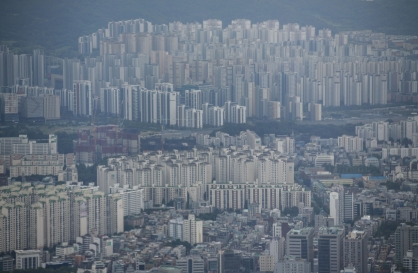
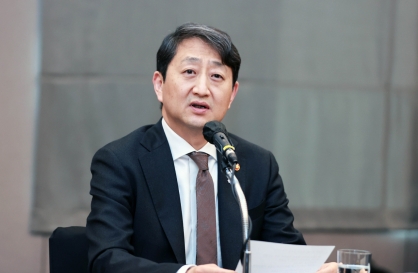
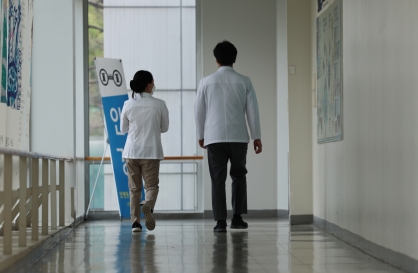
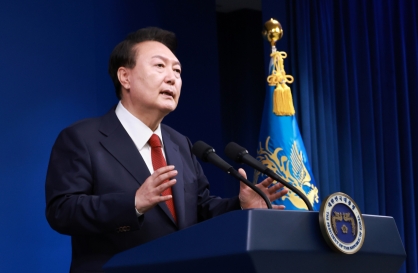
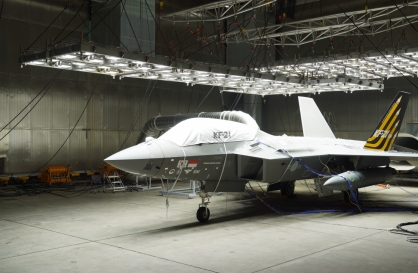
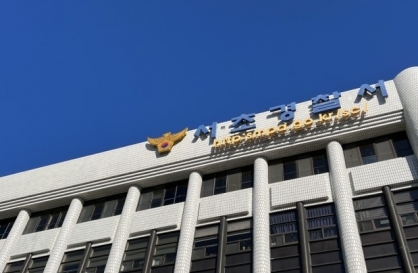
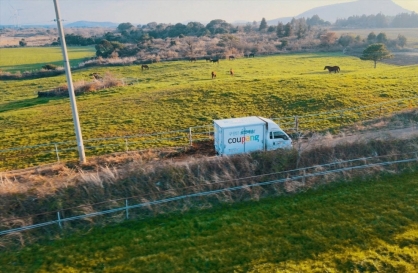
![[K-pop’s dilemma] Time, profit pressures work against originality](http://res.heraldm.com/phpwas/restmb_idxmake.php?idx=644&simg=/content/image/2024/05/08/20240508050705_0.jpg&u=20240508171126)

![[K-pop's dilemma] Is Hybe-Ador conflict a case of growing pains?](http://res.heraldm.com/phpwas/restmb_idxmake.php?idx=644&simg=/content/image/2024/05/07/20240507050746_0.jpg&u=)




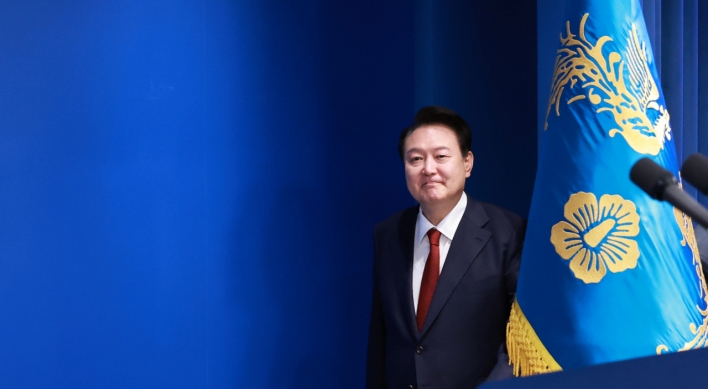
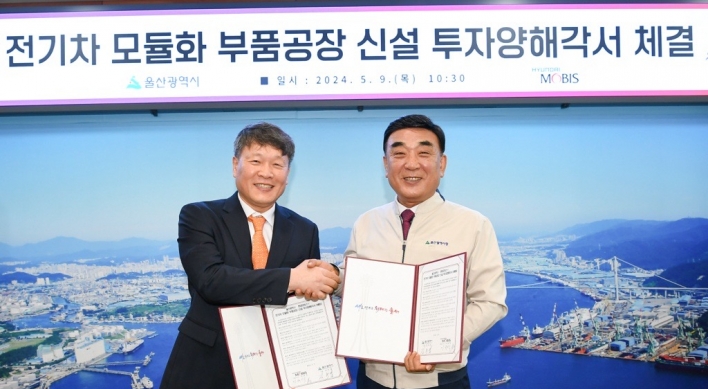
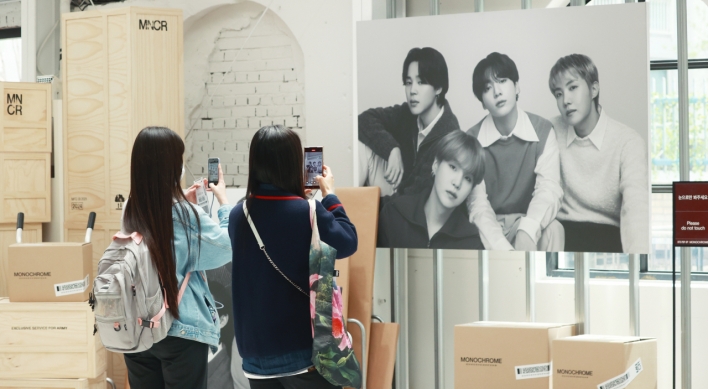
![[Today’s K-pop] Stray Kids to drop new album in July: report](http://res.heraldm.com/phpwas/restmb_idxmake.php?idx=642&simg=/content/image/2024/05/09/20240509050659_0.jpg&u=)